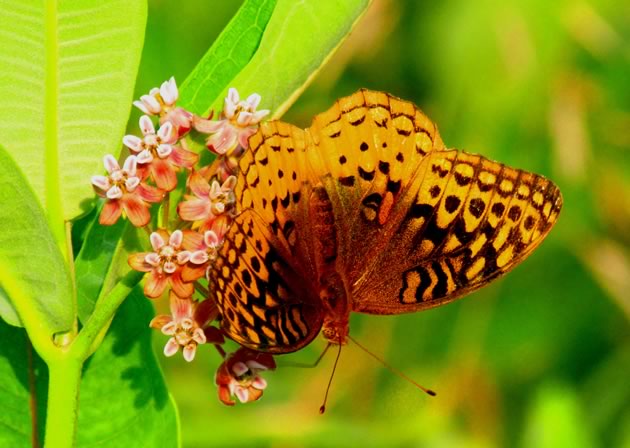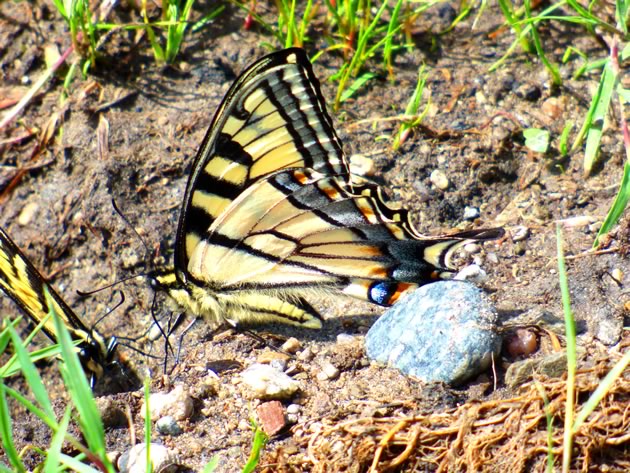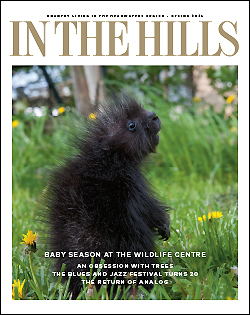Butterflies
Butterflies are some of the most beautiful and interesting creatures on earth and can be easily attracted to your garden.
Farfalla, mariposa, papillon and butterfly are lovely monikers for one of Earth’s most popular creatures. And the Albanian word for butterfly? “Flutur.” I kid you not. Butterflies flutter in kaleidoscopic colour. They are gentle creatures – sun-loving, nectar-sipping, harmless – loved by everyone.
Well almost everyone. Jennifer, a former student of mine, would panic at the sight of a butterfly. I’ve long wondered about the root cause of her fear.
But Jennifer is the exception. Among the arthropod throngs that flourish on this planet, butterflies are far and away the most cherished.
Their life cycle serves as a metaphor for people who triumph despite humble beginnings. Butterflies begin life as rather sluggish grub-like caterpillars. Then, in a process, that positively beggars belief, they transform utterly. The power of flight graces them with mobility and freedom.
July in southern Ontario is prime time for butterflies. Seek them in sunny meadows and along woodland edges. Forks of the Credit Provincial Park with its fields and scrublands is a fine place for a butterfly outing. And today’s close-focus binoculars and high megapixel point-and-shoot cameras have made it easier to appreciate their beauty.
Butterfly food and nectar plants
Invite them into your world if you have garden space – even a balcony will do! The trick is to provide plants that offer nectar and/or forage for their caterpillars. Aster, milkweed, purple coneflower and the aptly named butterfly bush are choice butterfly plants.
Common large butterflies flying in July include fritillaries, red admirals, red-spotted purples, swallowtails and, most beloved of all, the monarchs. (Though sadly, there are far fewer monarchs than formerly.) https://www.inthehills.ca/2013/08/blogs/monarch-butterfly-rip-2026/
A host of smaller butterflies await discovery as well.
Butterfly watching is a fine excuse to get outdoors – the beauty of these creatures just might set your heart all aflutur!
More Info
Get outside and become a lepidopterist! A lepidopterist collects, classifies and observes moths and butterflies in a study known as lepidoptera.
Related Stories
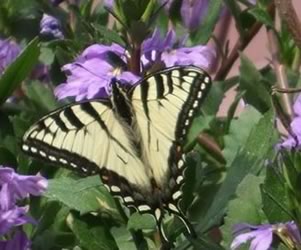
Attracting Butterflies to your Garden
Jan 15, 2015 | | The Flower FarmIt is especially important to have flowers in mid to late summer when most butterflies are active.
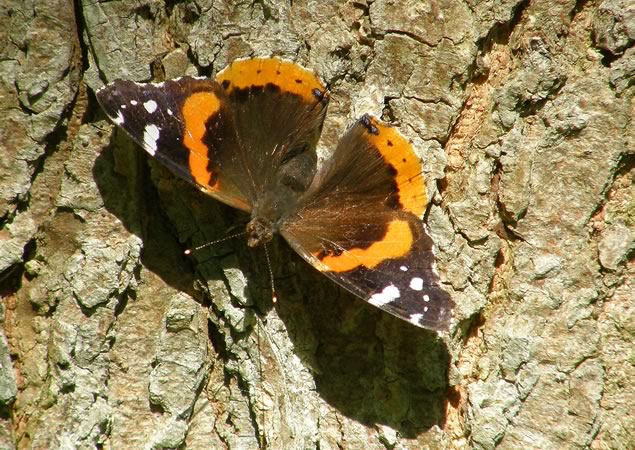
Butterfly Invasion
May 2, 2012 | | BlogsTwenty times more admirals than normal are moving into the province.
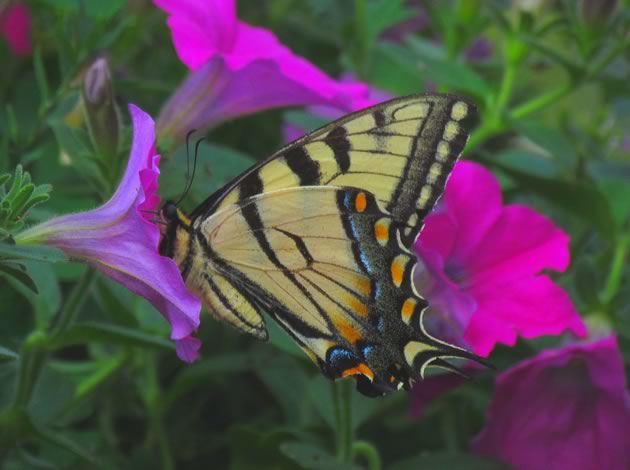
Caterpillars & Butterflies
Jul 25, 2011 | | Notes from the WildMost butterfly caterpillars will mature and form chrysalides within two or three weeks.

Giant Swallowtail Butterflies
Aug 9, 2012 | | Notes from the WildGiant swallowtail caterpillars are branded as “orange dogs” in the American south because they eat the foliage of citrus crops including orange trees.

Luna Moths
Jun 8, 2011 | | Notes from the WildIf you have seen a luna moth recently in Headwaters please let us know.
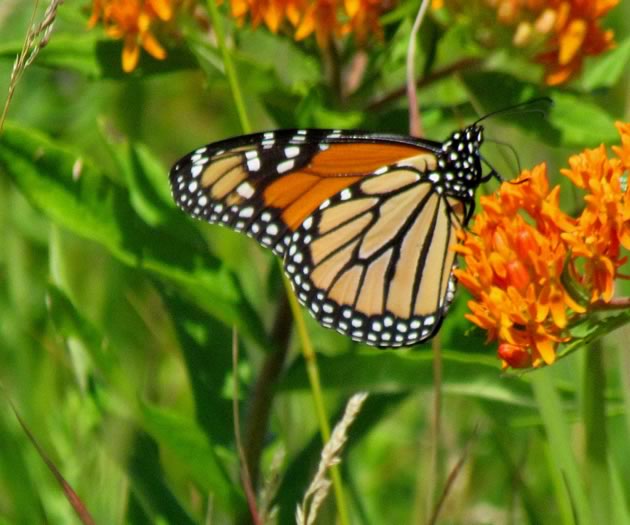
Milkweed and Monarchs
Jul 25, 2014 | | Notes from the WildThe monarchs’ table was set, but alas, they wouldn’t come to dinner.
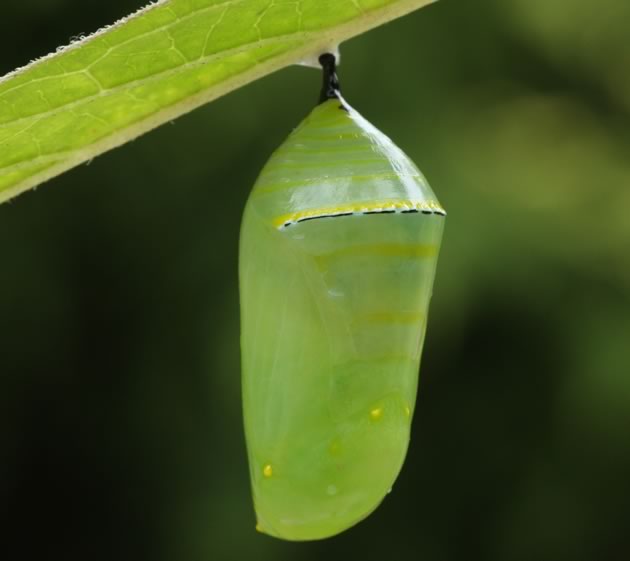
Monarch Butterfly – RIP 2026
Aug 9, 2013 | | BlogsMost of us are old enough to remember when monarchs were a frequent sight in meadows and gardens.

Monarchs: Children of the Sun
Aug 30, 2010 | | Notes from the WildMonarchs are children of the sun. The boldness of Sol this summer has energized their life cycle.



